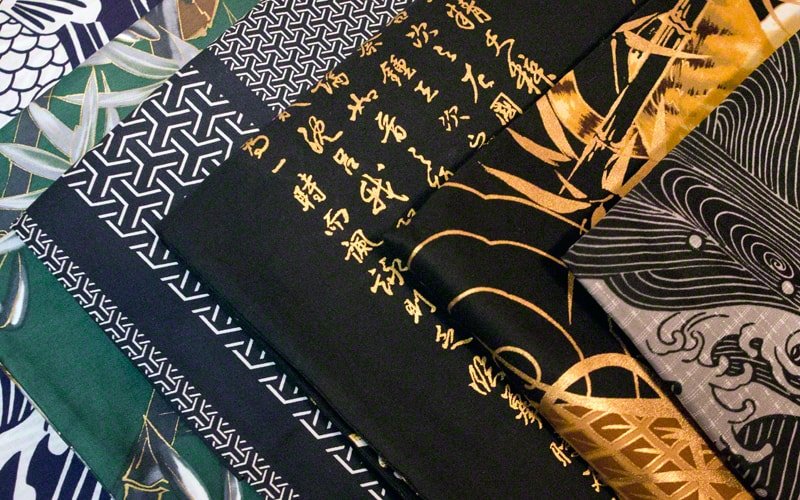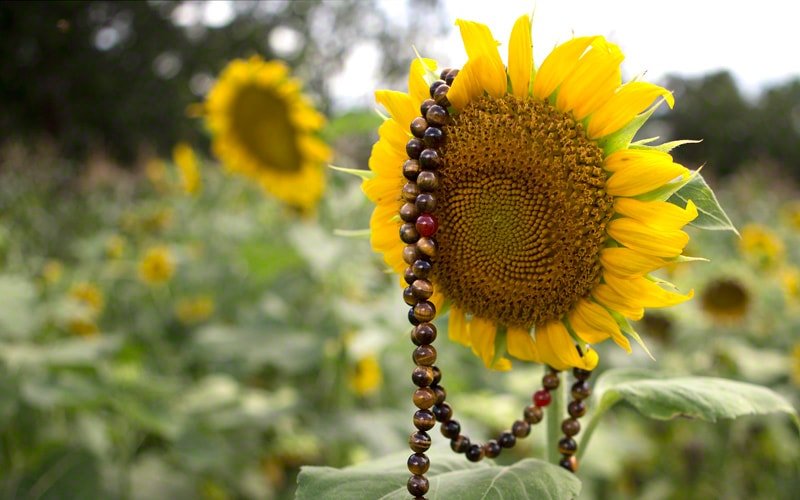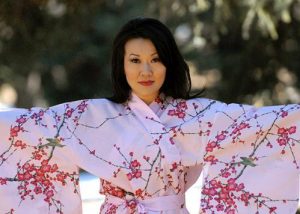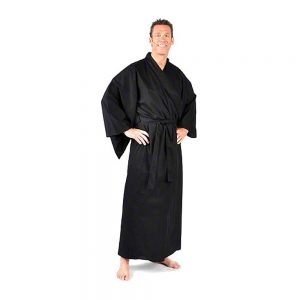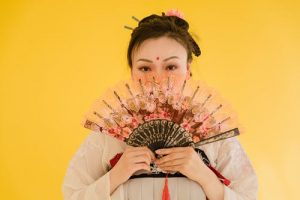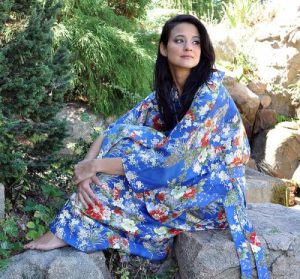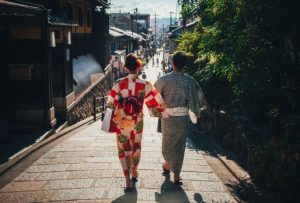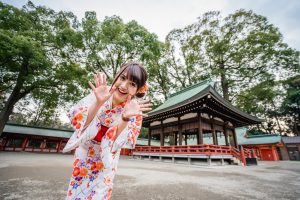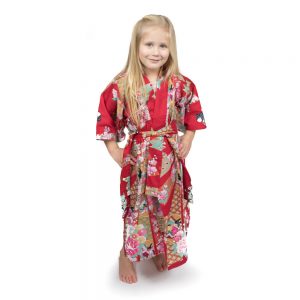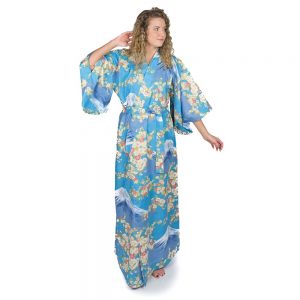When searching for a gift that blends elegance, tradition, and practicality, Japanese kimonos and yukatas stand out as exquisite options. Whether for a birthday, wedding, housewarming, or even as bridesmaid gifts, these garments go beyond being mere robes. They are wearable art, steeped in history and transformed into symbols of beauty and relaxation. At Chopa, we’ve spent the past three decades curating authentic Japanese kimono and yukata robes, offering them to customers who value tradition, uniqueness, and quality.
Here’s why these captivating garments make unforgettable, meaningful gifts.
A Rich History Woven Into Every Thread
Japanese kimonos and yukatas are much more than clothing; they are a reflection of Japanese culture, history, and craftsmanship. With their origins tracing back over a thousand years, gifting a kimono or yukata enables you to share a piece of this rich heritage. Their vibrant patterns often carry symbolic meanings, such as cranes for longevity or cherry blossoms for renewal, making them deeply personal and heartfelt presents.
When you choose a Japanese kimono or yukata from Chopa, you’re not just gifting a garment; you’re gifting a story.
Perfect for Any Occasion
Kimonos and yukatas are incredibly versatile when it comes to gift-giving. They suit virtually any occasion, making them the ideal present for:
- Birthday Gifts: Treat someone to a kimono adorned with their favorite colors or floral motifs to celebrate their special day.
- Weddings or Bridesmaid Gifts: Luxurious and timeless, they are a thoughtful gift for brides or bridal parties, adding an air of elegance to pre-ceremony moments or morning preparations.
- Housewarming Gift: A yukata robe offers the perfect combination of comfort and style, making it ideal for someone settling into a new home or craving cozy moments.
No matter the event, receiving a kimono or yukata is sure to leave a lasting impression.
A Blend of Beauty, Comfort, and Practicality
Few gifts can boast the unique combination of luxurious aesthetics and everyday functionality like kimonos and yukatas. These garments are known for their vibrant, intricate designs, which make them masterpieces of wearable art. Yet, they’re equally prized for their comfort and versatility. Worn as loungewear, a yukata provides a relaxed, spa-like experience at home, offering the recipient a way to unwind in style.
Additionally, these robes are surprisingly easy to care for. Unlike many luxurious fabrics that require professional cleaning, kimonos and yukatas from Chopa are designed with practicality in mind, ensuring they are as functional as they are beautiful.
Ideal for All Seasons, Styles & Sizes
At Chopa, we believe everyone deserves to experience the joy of owning a traditional Japanese garment, which is why we offer a wide selection of yukata and kimono styles and sizes. From lightweight yukatas perfect for warm summers to thicker kimonos ideal for cooler seasons, there’s a choice for everyone.
Our extensive range ensures that whether someone prefers bold, vivid hues or soft, muted tones, you’ll find a design that matches their personality. With inclusive sizing and expert curation, our garments are made for everyone to enjoy.
Fast, Hassle-Free Gifting
When you choose Chopa for your kimono and yukata needs, you’re also choosing convenience. Located in the USA, Chopa provides fast shipping without the worry of duties, taxes, or tariffs, ensuring your gift arrives promptly and without hassle. Returns and exchanges are simple as well. Chopa streamlined the online Kimono Shopping experience.
For over 30 years, our team has worked to offer seamless shopping, making the process as enjoyable as the gift itself.
A Thoughtful Gift That Builds Connection
What makes kimonos and yukatas truly special is the emotional connection they foster. By giving someone a kimono or yukata, you’re sharing a gift that echoes centuries of tradition, artistic craftsmanship, and the harmonious spirit of Japan. It’s a way to say, “I see your uniqueness and wanted to gift you something equally rare.”
Create a Memorable Gifting Experience
Whether given as a luxurious treat or a meaningful gesture, Japanese kimonos and yukatas offer something no other gift can. They inspire, connect, and leave a lasting impression. If you’re ready to give a gift as unique as the person receiving it, explore Chopa’s collection today.
Discover the Beauty of Gifting
Browse our wide selection of authentic Japanese kimonos and yukatas and find the perfect gift that merges elegance, style, and tradition. With Chopa, gifting has never been more meaningful.

